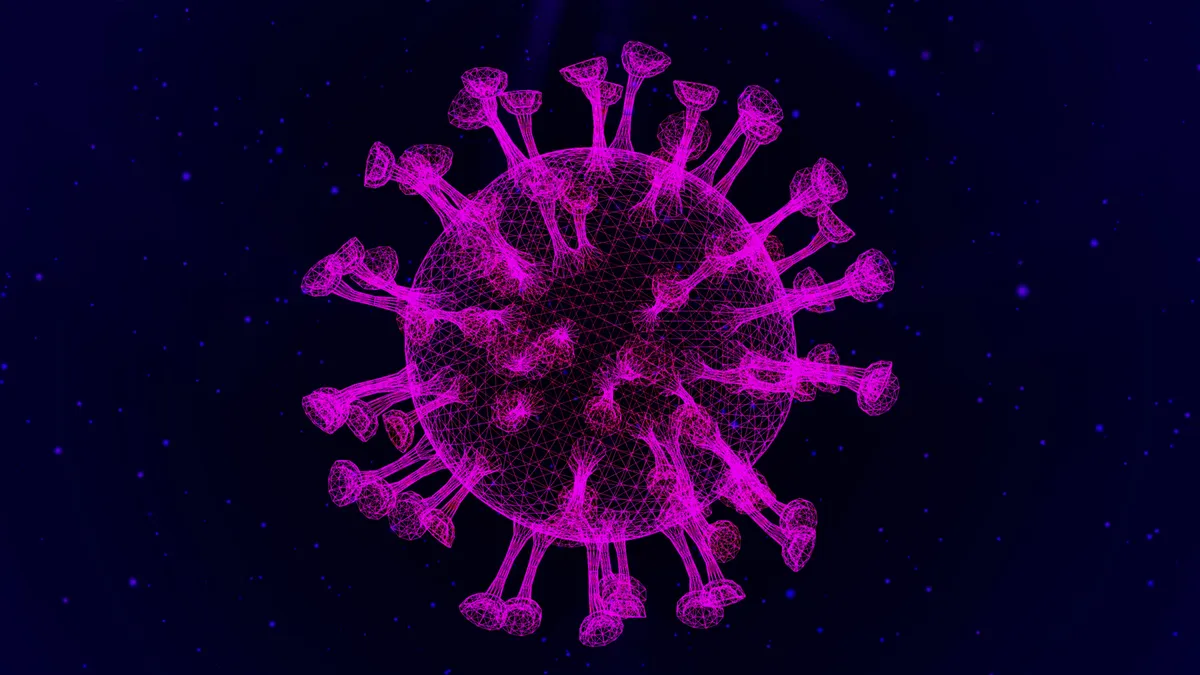The new COVID-19 variant, KP.3, is now responsible for over 25% of all COVID cases in the United States, according to data from the Centers for Disease Control and Prevention (CDC). This variant is overtaking the previously dominant JN.1 variant, alongside other variants from the FLiRT group that are also contributing to the current case numbers.
What is the KP.3 COVID Variant?
KP.3 is a sublineage of the JN.1 lineage, which stems from the Omicron variant. According to CDC spokesperson Rosa Norman, KP.3 evolved from JN.1, which has been the major circulating lineage since December 2023. KP.3 is very similar to JN.1, with only two changes in the spike protein. Another significant variant, KP.2, currently accounts for 22.5% of COVID cases in the US.
Symptoms of the KP.3 COVID Variant
COVID-19, caused by the SARS-CoV-2 virus, manifests a wide array of symptoms ranging from mild to severe. Common symptoms include:
- Fever
- Dry cough
- Fatigue
- Loss of taste or smell (a distinguishing feature)
Respiratory symptoms such as shortness of breath and chest pain are prevalent, especially in severe cases. Patients frequently report muscle or joint pain, headaches, and sore throats. Gastrointestinal symptoms like nausea, vomiting, and diarrhea highlight the virus’s ability to affect multiple body systems. Some individuals also experience skin manifestations, including rashes and discoloration of fingers or toes. The severity of symptoms varies widely, with some individuals remaining asymptomatic while others develop life-threatening complications such as pneumonia, acute respiratory distress syndrome (ARDS), and multi-organ failure.
COVID Signs in Children
Children and adolescents generally experience milder symptoms compared to adults. However, a rare but serious condition known as multisystem inflammatory syndrome in children (MIS-C) has been linked to COVID-19. High-risk groups, including the elderly and those with underlying health conditions such as diabetes, heart disease, and compromised immune systems, are more likely to develop severe symptoms and complications.
Prevention and Control Measures
Early detection and isolation are crucial to prevent the spread of COVID-19. Testing, vaccination, and adherence to public health measures remain vital. Here are key practices to prevent infection:
- Wear masks in public spaces to reduce the spread of respiratory droplets.
- Maintain physical distancing, keeping at least six feet away from others.
- Practice good hand hygiene by washing hands frequently with soap and water for at least 20 seconds, or using hand sanitizer with at least 60% alcohol.
- Avoid large gatherings and poorly ventilated areas.
- Stay informed about COVID-19 vaccines and get vaccinated when eligible.
- Follow public health guidelines, such as staying home when feeling unwell and adhering to local restrictions and recommendations.
These measures collectively help reduce the risk of infection and manage the spread of the virus.




